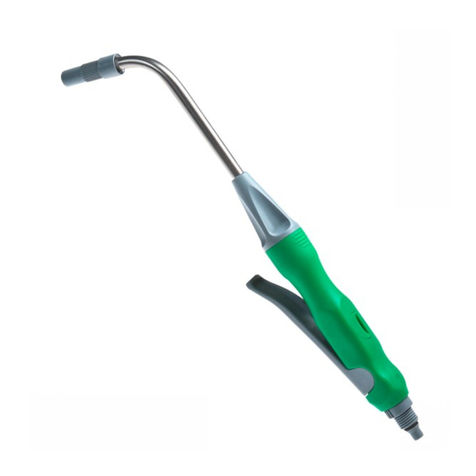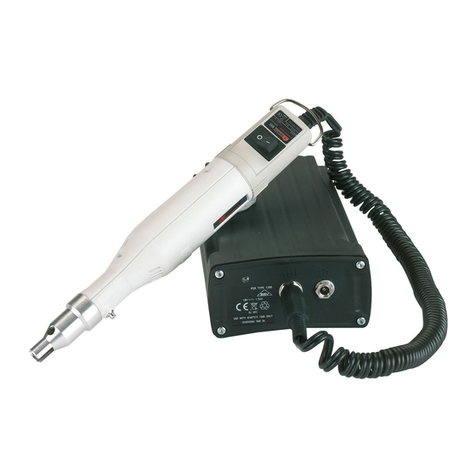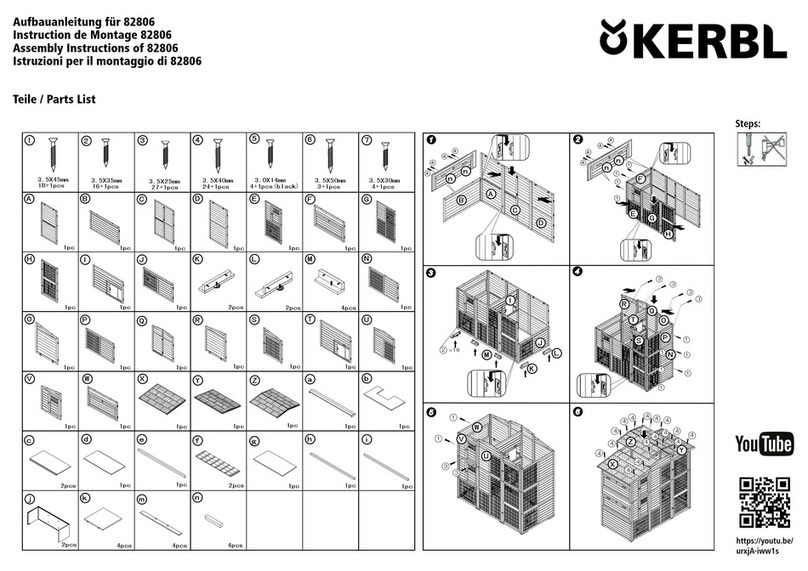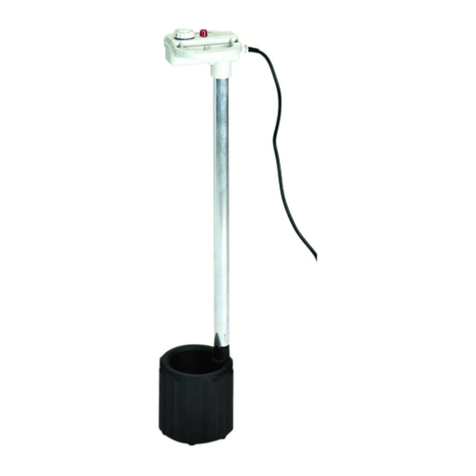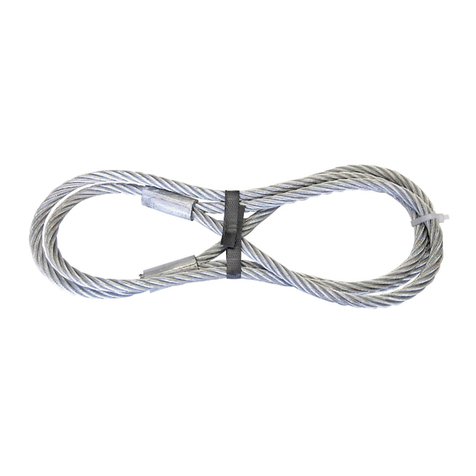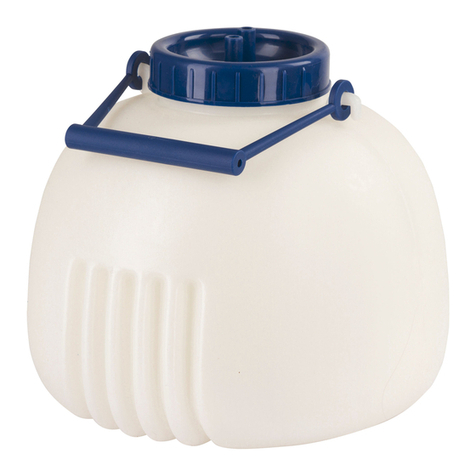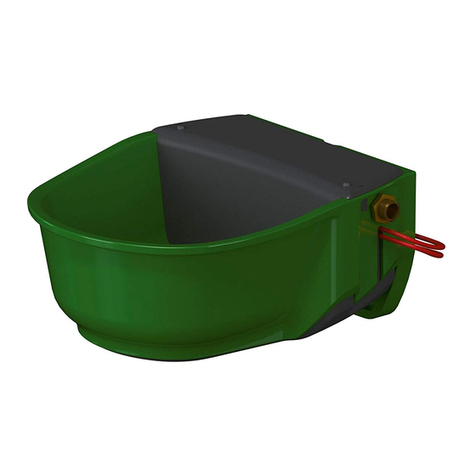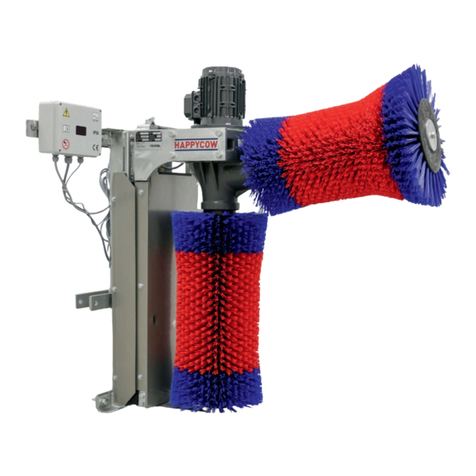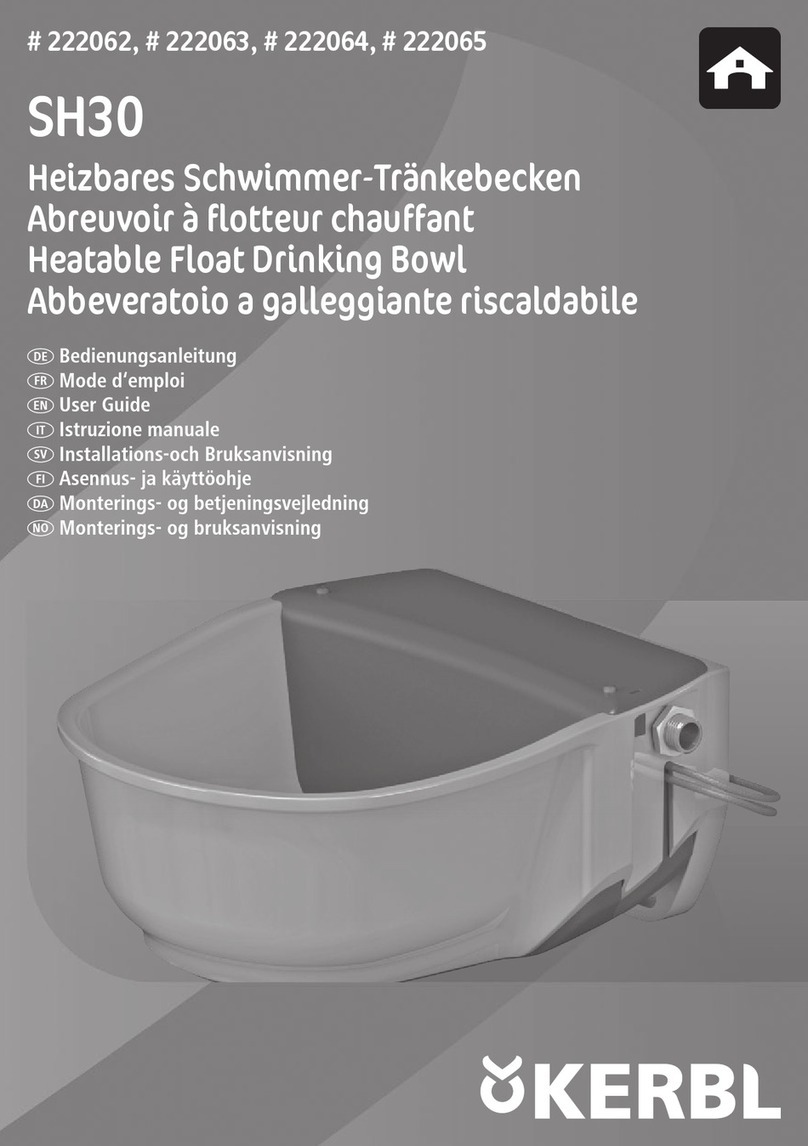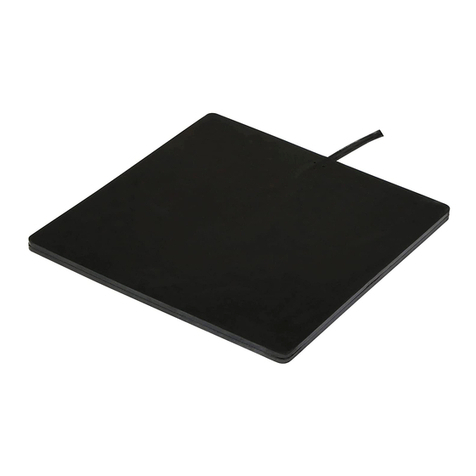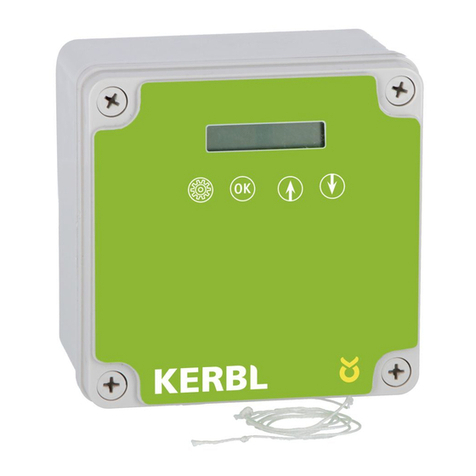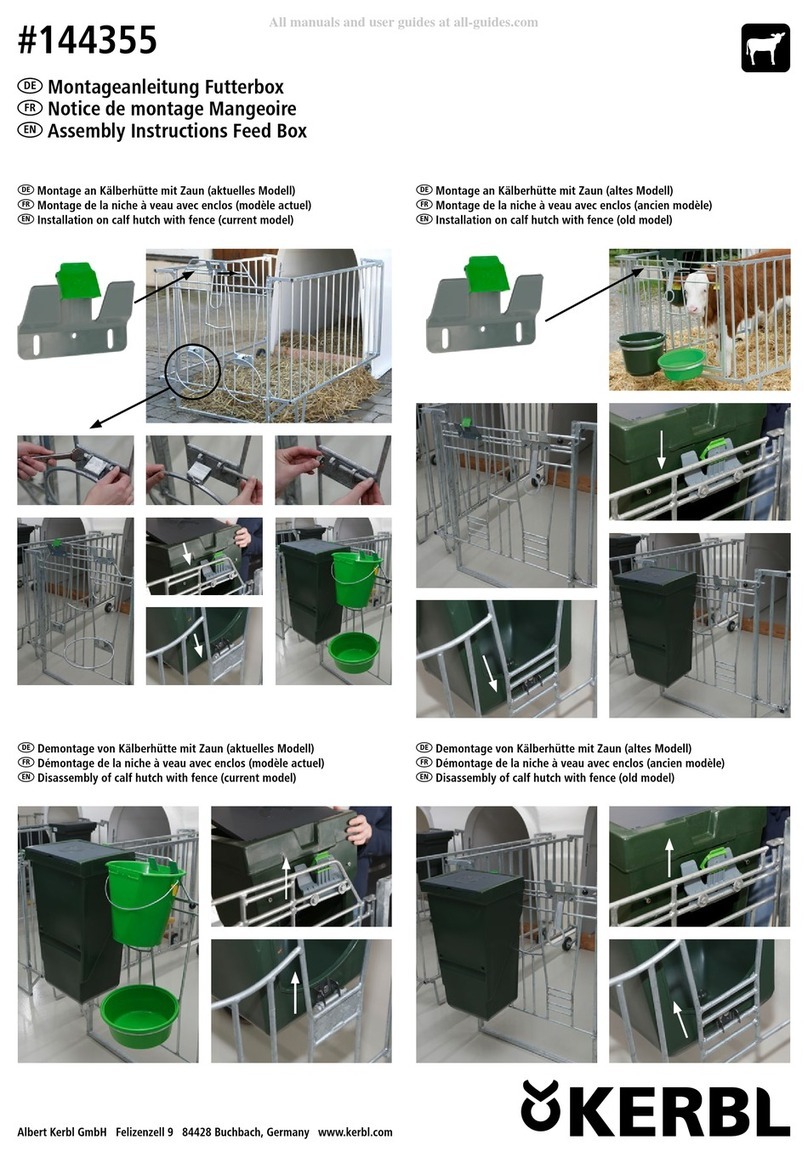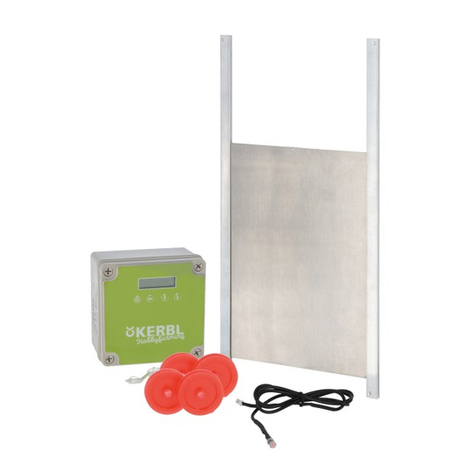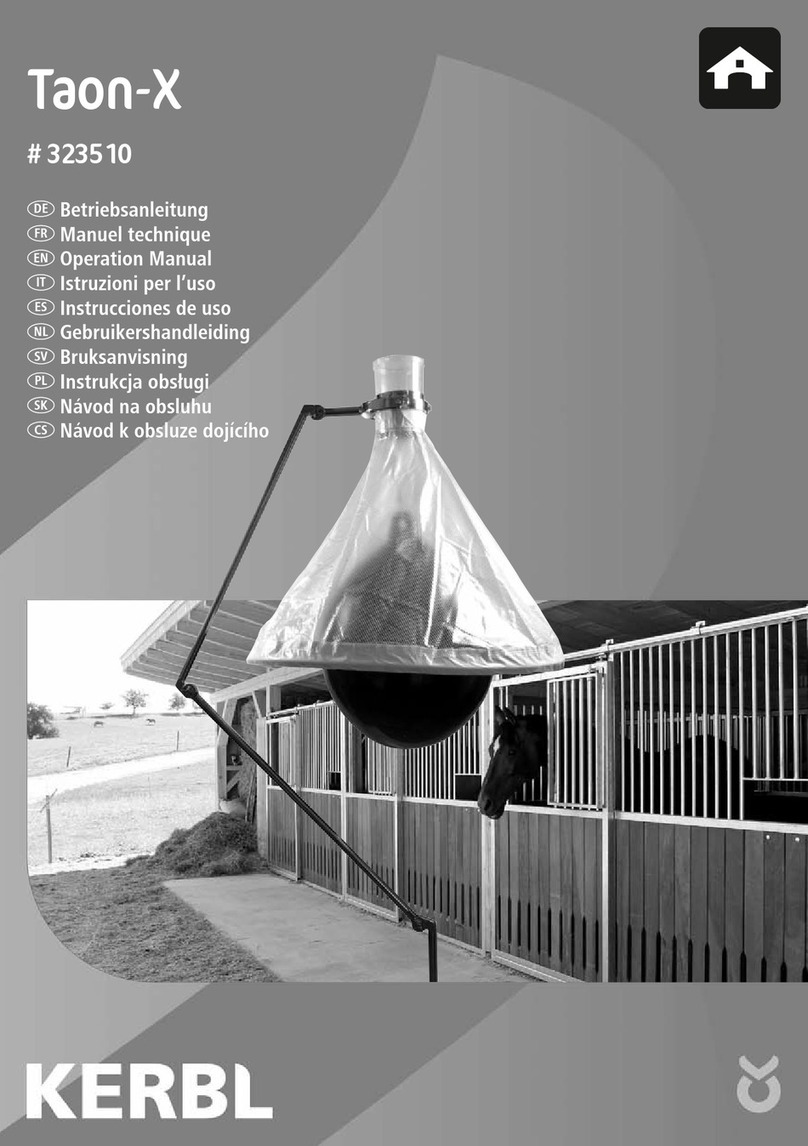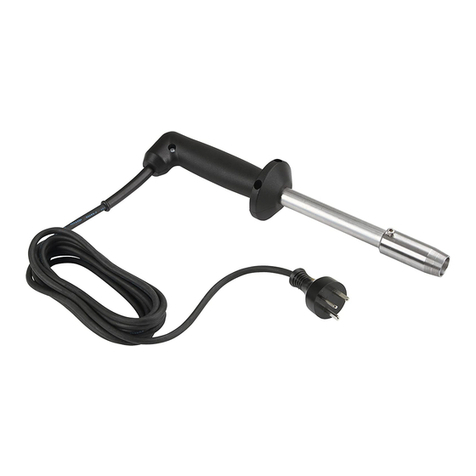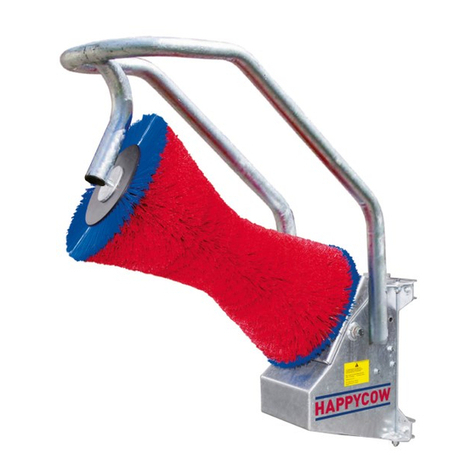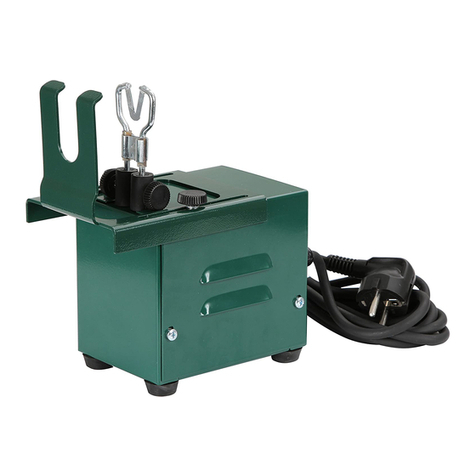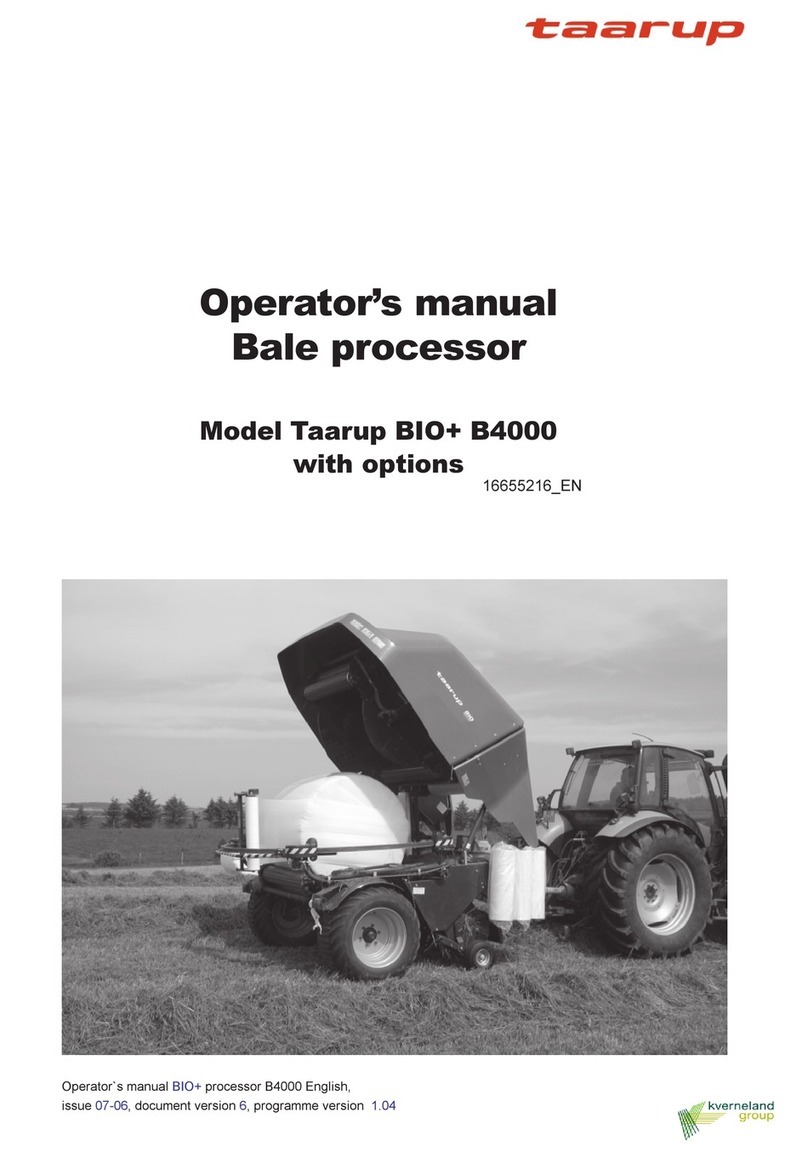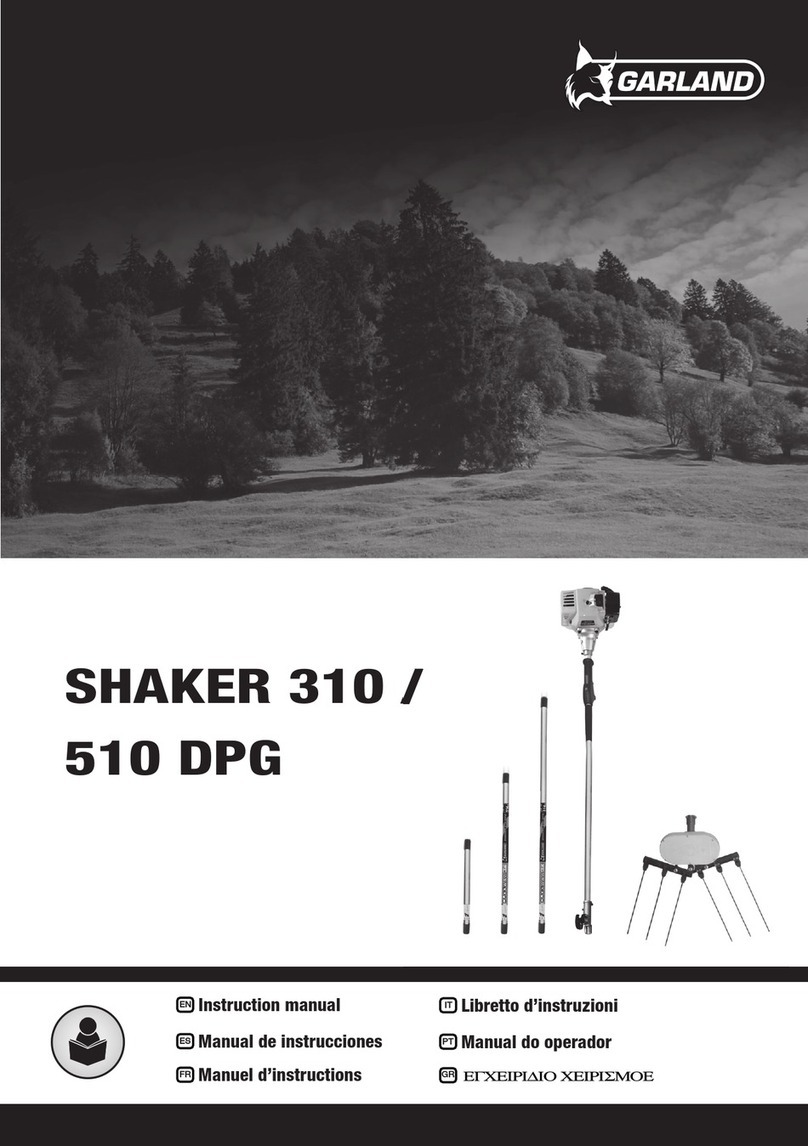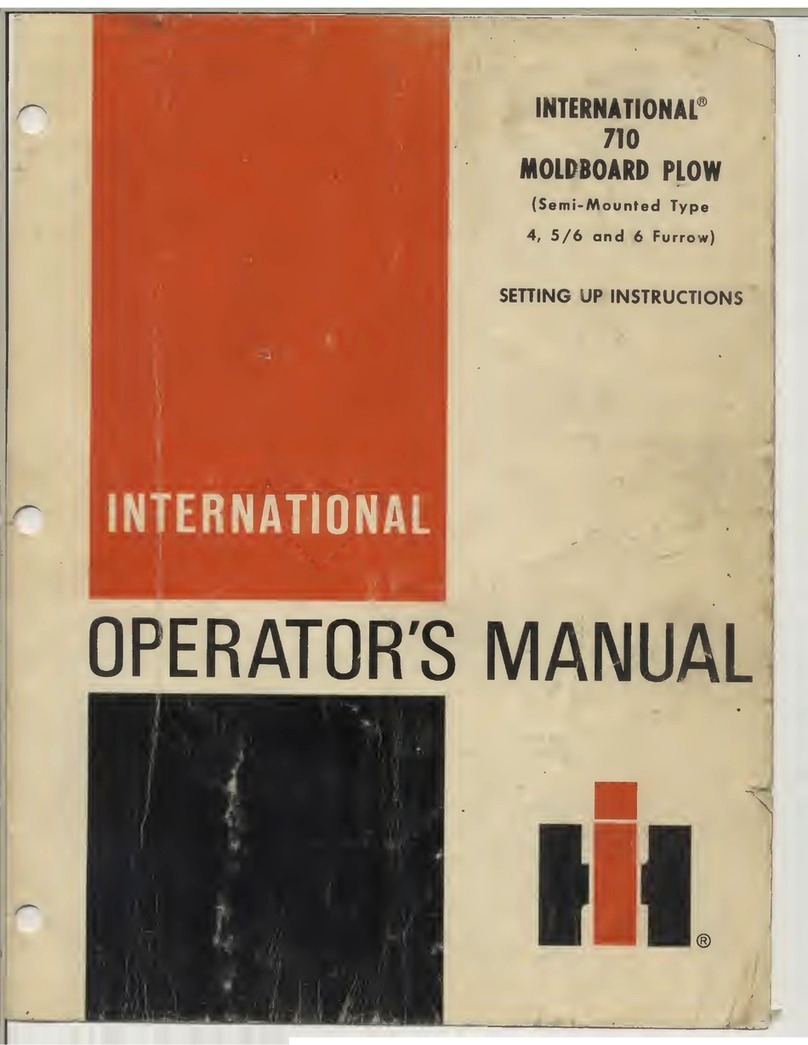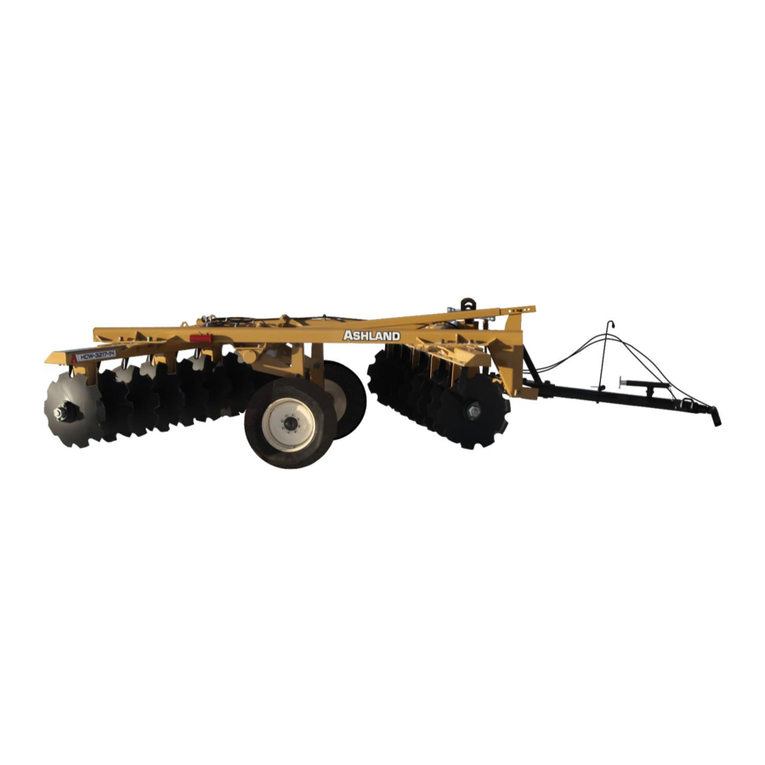
10
9. Nettoyage / maintenance
ATTENTION !
Un usage non conforme peut mettre en danger les personnes et causer des dommages matériels!
• Retirer les piles avant de commencer les travaux de nettoyage.
Assurez-vous à tout moment que la plaque coulissante se déplace facilement. Nettoyez les rails de guidage en utilisant le cas échéant un
lubrifiant. Éliminez les saletés et les objets se trouvant dans la zone de fermeture de la trappe afin de ménager le moteur et de limiter au
maximum la pénétration de saletés à l’intérieur de l’unité électronique à cause de la corde. Vérifiez à intervalles réguliers l’usure de la corde
etremplacez-la avant qu’il ne soit trop tard. Utilisez pour cela notre corde de remplacement (réf. 70552).
10. Maintenance et réparation
L'appareil ne nécessite aucune maintenance, mais doit être soigneusement nettoyé à intervalles réguliers. En cas de défaut, l'appareil doit
immédiatement être mis hors service. Utiliser uniquement despièces de rechange d'origine. L’unité de contrôle détecte un niveau de batterie trop
bas. Le soir, l’unité de contrôle ferme la trappe comme d’habitude, sauf qu’elle la maintient fermée le lendemain matin. Il faut remplacer les piles
pour que la trappe s’ouvre et se ferme à nouveau automatiquement.
11. Erreur et solutions possibles
Image d’erreur Cause possible Solution
La porte ne s’ouvre et ne se ferme
pas en fonction du capteur de
luminosité
Le capteur de luminosité n’est pas réglé
correctement
Réajuster la valeur seuil du détecteur de lumière en
appuyant sur la touche de réglage dans le boîtier
(voir chapitre 8.1).
Le mode automatique n’est pas actif étant donné
que la trappe a été actionnée via un bouton-
poussoir externe.
Lors du cycle journalier suivant, l’unité de contrôle
repasse automatiquement en mode automatique.
La LED de signalisation clignote en mode automati-
que 1 x (trappe ouverte) ou 2 x (trappe fermée).
La porte ne descend pas Trop peu de poids sur la corde, car
• la porte est trop légère, ou
• la porte se coince et ne tire donc pas vers le bas
• utiliser une autre porte/plaque coulissante
• aligner les rails de guidage
• utiliser le graissage
• équiper la porte d’un poids
La porte ne s’ouvre pas complète-
ment et reste toujours bloquée
au même endroit ou la porte ne
se ferme pas complètement et
reste toujours bloquée au même
endroit
La porte a rencontré un obstacle et se déplace
difficilement (par exemple: salissures dans les rails
de guidage)
La porte doit se déplacer facilement.
• éliminer les salissures
• aligner les rails de guidage
• utiliser le graissage
• équiper la porte d’un poids
12. Caractéristiques techniques
Piles 4 unités type AA (non fourni)
Poids min. de la plaque coulissante 0,5kg
Poids max. de la plaque coulissante 2,5kg
Boutons-poussoirs externes contacts de fermeture
pour relèvement et
pour abaissement
Classe de protection de l’appareil III
Classe de protection de l‘appareil IP32
13. Accessoires / articles de rechange
Réf. 70560 Trappe coulissante 220 x 330 mm,
rails de guidage inclus
Réf. 70570 Trappe coulissante 300 x 400 mm,
rails de guidage inclus
Réf. 70580 Trappe coulissante 430 x 400 mm,
rails de guidage inclus
Réf. 70551 Poulies de renvoi, pack de 4
Réf. 70552 Corde de rechange avec perle
Réf. 70554 Sonde de luminosité
Réf. 70558 Rallonge pour détecteur de luminosité
Réf. 70559
Autoverrouillage pour porte de poulailler automatique
Réf. 70565 Bouton externe
Les accessoires ou articles de rechange doivent faire l’objet
d’une commande séparée.
Déclaration de conformité CE
La société Albert KERBL GmbH déclare par la présente que le produit/l'appareil décrit dans le présent mode d'emploi est en conformité avec les exigences fondamentales
et les autres dispositions et directives applicables. La marque CE atteste que les directives de l'Union Européenne sont respectées.
Déchets électriques et électroniques
Il appartient à l’exploitant d'éliminer l'appareil de manière conforme quand il ne fonctionnera plus. Respectez les prescriptions en vigueur de votre pays. Il ne faut pas
éliminer l'appareil avec les ordures ménagères. Dans le cadre de la directive européenne sur l'élimination des appareils électriques et électroniques usagés, l'appareil
estrepris gratuitement par le centre de collecte municipal ou les déchetteries, ou alors il peut être rapporté à un revendeur spécialisé proposant un service de reprise.
Une élimination réglementaire protège l'environnement et empêche d'éventuelles conséquences nocives sur les hommes et l'environnement.

